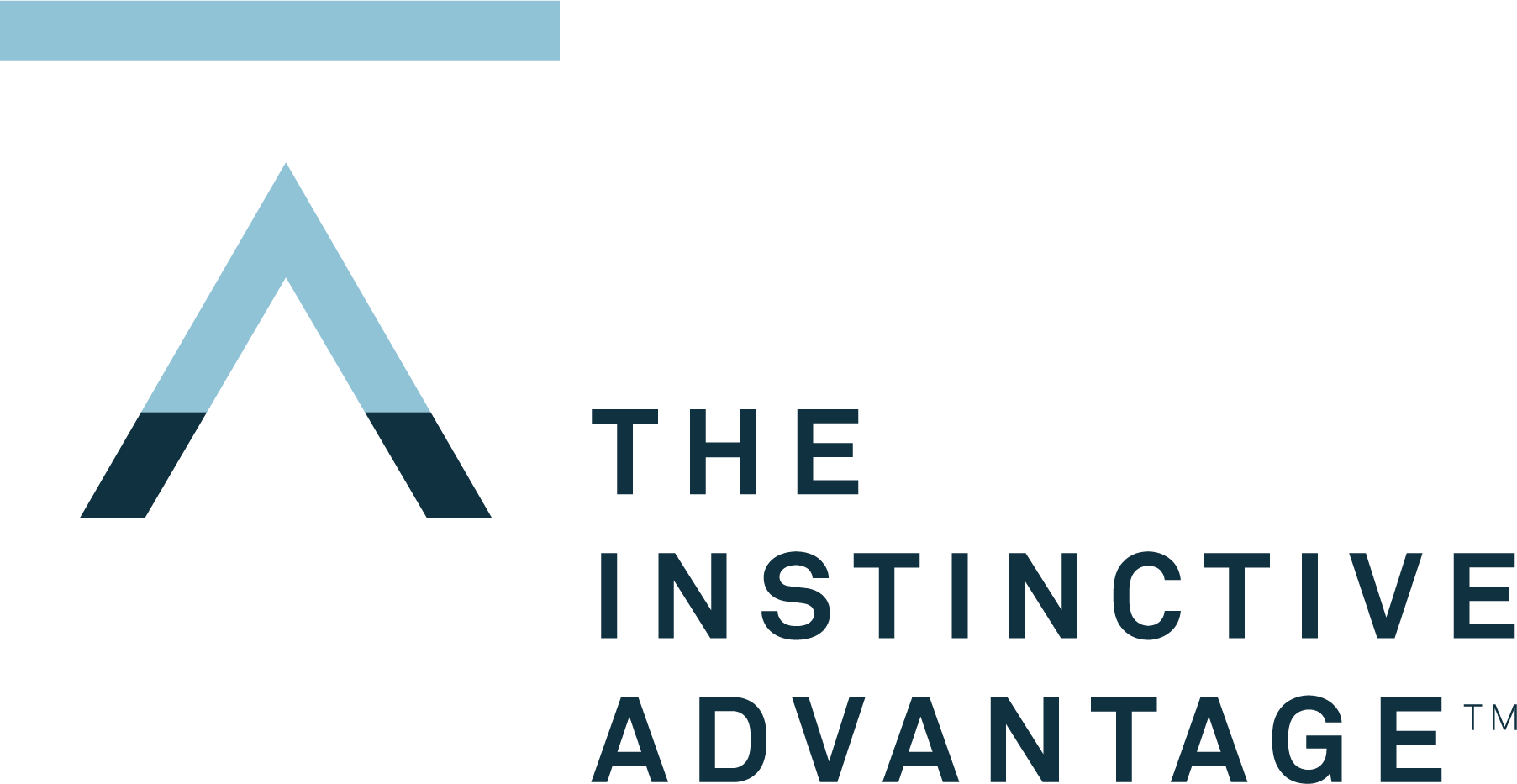Are Your Employees Experiencing Stress?
As a reader of this blog, most likely you have taken the Kolbe A™ Index. And, for many of you, your team members have taken the Kolbe A™ as well (and you have a deep understanding of your results). You joke around in meetings when you see someone’s Initiating Quick Start™ kick into action; and know not to interrupt that Initiating Follow Thru™ when their door is closed.
While I love the stories and tidbits clients share with me everyday, many leaders are still missing a key question: “are my employees consistently working in their instinct?”
Take some time and read why this is an important question and if you aren’t sure how to answer this question, you're losing time, energy and momentum as a result.
Start with a baseline
Before you can actually create alignment, you need to understand who the players are. At The Instinctive Advantage, we believe this is done best by using the Kolbe A™ Index. These insights provide you with a baseline of who your team member is at their core.
You can’t actually align your team without knowing / understanding them.
Cross reference against the individual roles
With the employee’s instinctive baseline (ie: the result from the Kolbe A™ Index) it’s time to cross reference your knowledge with how your employees view the roles they’re in. The Kolbe B™ Index is the conative solution here. This Index measures an individual's perception of their own job responsibilities, specifically helping you understand if your employees are using their true talents every day.
When we find alignment (ie: the Kolbe A and Kolbe B results are similar), leaders can breathe a sigh of relief. This indicates that their team members are working in their instinct, thereby producing high-quality work that comes naturally to them.
The challenge becomes when we find a lack of alignment (ie: the Kolbe A and Kolbe B result are very different). This indicates that the employee is spending a great deal of time and energy in their work and more often than not, is producing mediocre results (at best). Yikes!
Companies become great when their people are in the “right” roles.
Use the knowledge you’ve gained
With a baseline understanding of your employees and a cross reference against the roles they’re in, it’s time that you align your team with their roles. This means using the knowledge you’ve gained to make the appropriate adaptations to your organization. A few examples of how you’d use this knowledge include (but aren’t limited to):
Redefine team roles
Reorganize team structures
Hire based on specific needs
Fire based on specific fit (or lack thereof)
Increased training on leadership
Etc.
Knowledge without action is useless.
When integrating this tool into consulting work, leaders are more equipped to build productive teams. My hope is that as your team grows and you hire new employees, the conversation goes something like this: “and we aligned that team member with the right role, and they / we thrived.” When this happens, leaders see less stress more productivity, happiness, and higher retention.
If you’d like to learn more about the Kolbe B Index, or if it’s right for your team, contact us.
It’s time you connect your team with your team’s roles. Will you?
-E
